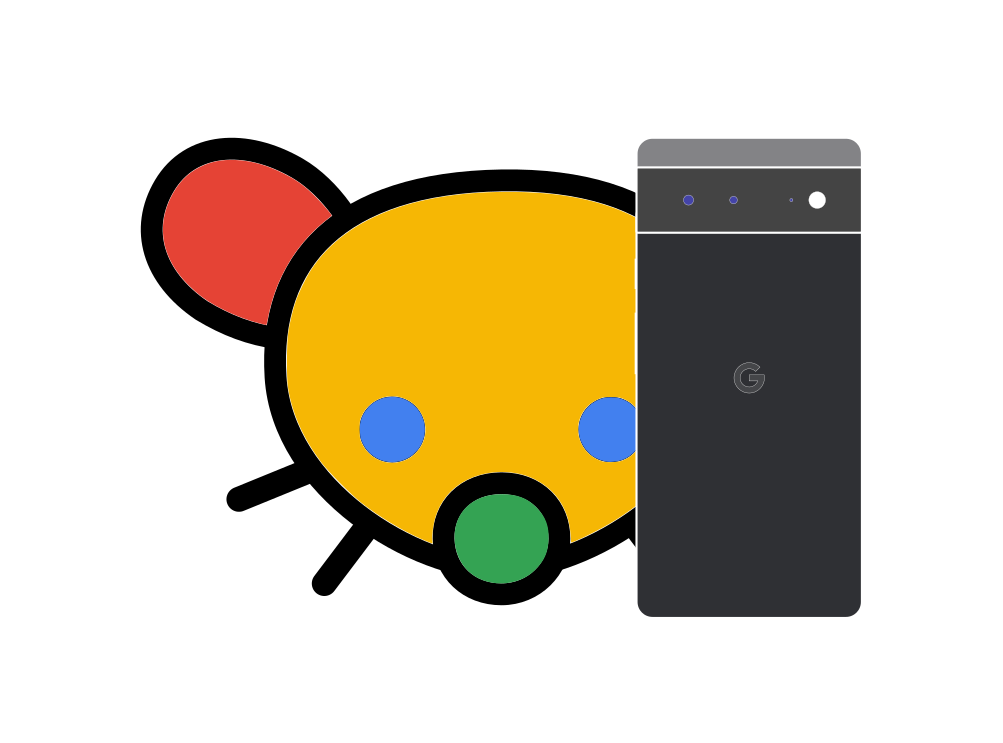
I had a 256GB phone and after 1 year had used less than half the space, without ever deleting anything, so when i upgraded this time I saved money and got the 128GB model. I sync my photos/videos to my NAS so can purge those from my phone at any time to save space. That’s really the only thing that takes up any significant storage.







Heliboard for normal communication (glide typing) and Hackers Keyboard for shell/remote desktop/programming type usage. Generally i find the keys too small and typing on a touch screen is slow and annoying, so i use a real computer to type whenever i can.
My typing accuracy is much better with gboard, but I don’t use it because google…
I have never used voice to text nor voice controlled assistant etc. as I have no interest in doing that. My phone is muted 99.9% of the time, I prefer to operate in silence…